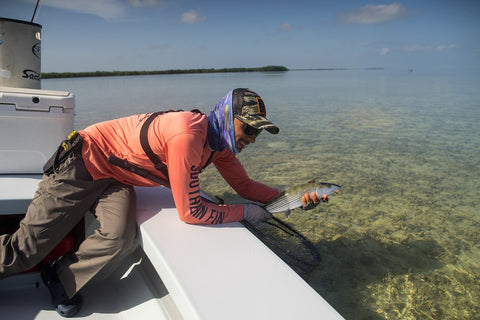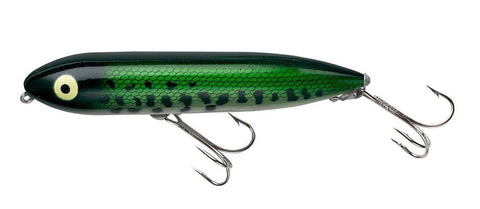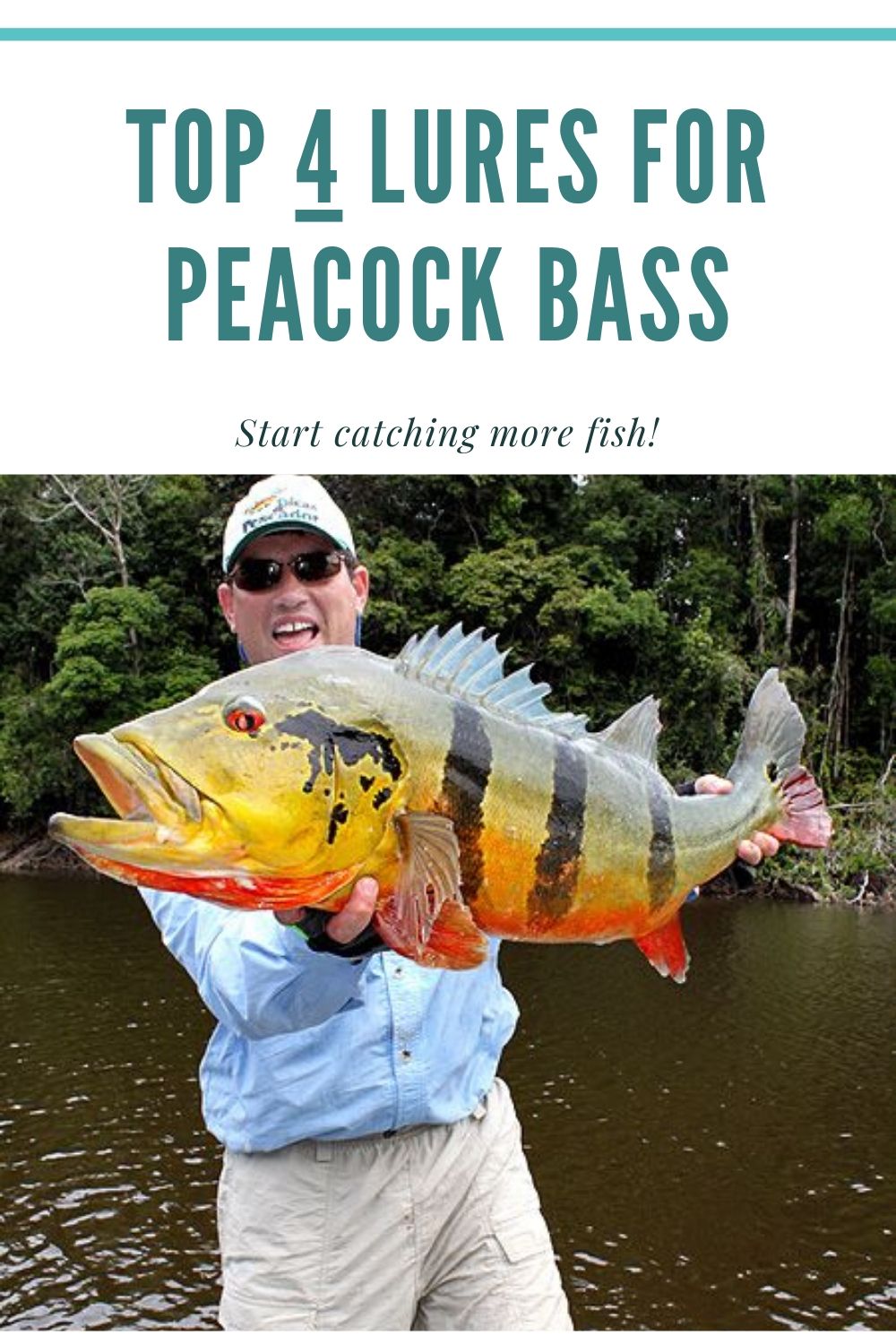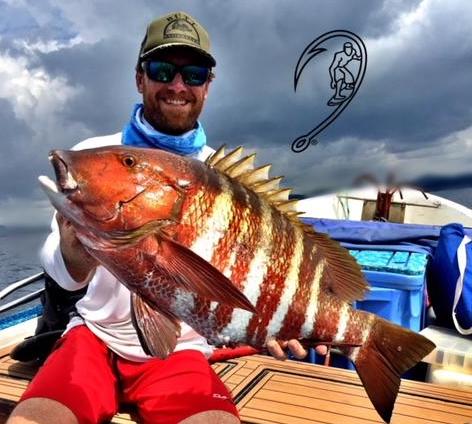Flounder Fishing (Tips and How-to Guide)
The Flounder might be low on most sportfishing anglers’ bucket list for a number of reasons. They aren’t known to grow especially large, and flounder aren’t exactly the most visually appealing fish, but there’s one thing about this particular sport fish that keeps most fishermen coming back—the fight.
Flounders, also known as flukes or flatfish, have a reputation for viciously attacking any type of baitfish or other creature that comes near them with impressive veracity. Their body’s shape allows them to gain considerable traction when pulling against a reel and fishing for this species can be surprisingly enjoyable when you’re looking for something out of the norm that you can still throw into the skillet.
Despite their floundering reputation among most sport fishermen, flatfish can actually grow to be quite large, and knowing how to fish for flounder can lead you to catch a monster flatfish. A trophy flounder might tip the scales at more than 20 pounds and would be photo-worthy for anyone, regardless of their hideous looks.
Where to catch flounder?
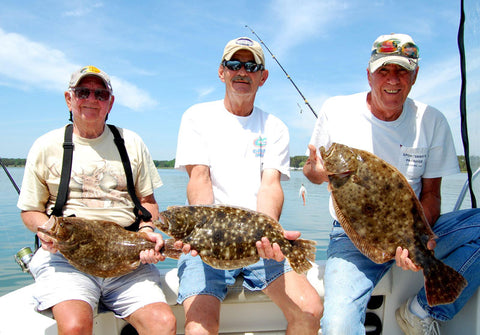
There are a few schools of thought on how to catch flounder. Finding and catching them consistently really depends on what time of year you’re fishing as the water temperature dictates their behavior to an extent.
During warm months in early spring or summer, flukes are known to stick close to the shoreline. Beach-goers often get excited when they almost step on a flounder that’s carefully hidden beneath the sandy bottom only to watch it dash away, leaving a cloud of sand behind.
Flounder fishing can be quite easy for most anglers during this time. Most people fishing in the surf have probably caught a flatfish or two when targeting other, larger species of game fish near the shoreline.
However, when the water temperature drops below about 60 degrees, you’ll have a tougher time finding and catching these fish as they will move into deeper water and hang out near shipwrecks and reefs.
How to fish for flounder?
When targeting flounder, you’ll want to be geared toward light tackle. If you have an open-faced bass fishing rig spooled with 10-pound test line, you’re already set up to hit the water in search of these fish lying beneath the sandy bottom.
Flatfish anglers will use a drop-shot style rig with a rounded sinker to avoid getting snagged on anything. The great thing about flounder is they are not known to be picky eaters. Most folks will rig their hooks with live shrimp or minnows, but many fishermen have reported high success rates with artificial baits as well.
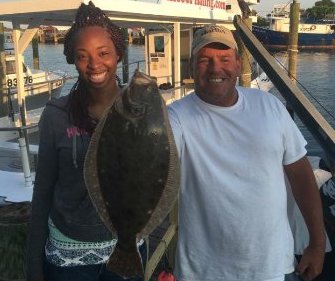
What kind of bait should I use for flounder?
If you plan to specifically target these species of game fish, you’ll want to stick to finger mullet, pinfish, croakers, or menhaden. You can’t go wrong by catching your own bait at low tide.
Shrimp-style artificials work best when slowly dragged across the bottom where you expect to find flounder. For live bait setups, you’ll want to give the fish a few seconds to chew before reeling them in. And remember, there’s no need to be too aggressive with these fish, simply wind the slack down tight and lift up on the rod tip to get the fight going.
The key to consistently catching flukes, whether you’re using artificial or live bait, is to work it slowly. According to most flounder fishing experts, the slower the better.
Where to fish for flounder?
You can find flounder on just about any stretch of coastline from Maine to Florida, as well as the Gulf Coast. They are especially popular in North Carolina and the Atlantic side of Florida.
If you want to know how to catch flatfish like the guides that do it on a consistent basis, you’ll want to think like a predator fish that relies on ambush to score its prey. Seek out high traffic areas where lots of small baitfish usually swim through.
Flounder are known for staying close to river areas, especially ones that offer structure or ledges where they can better conceal themselves. They’ll burrow down into the bottom and use their eyes to watch for approaching prey to swim within striking distance.
Some anglers have hit paydirt when it comes to fluke fishing. Ask any reputable fishing guide who routinely targets them and they’ll tell you that ledges are key when it comes to finding the best spots for flounder fishing.
If the water is especially clear, you can often see the outlines or imprints where flatfish have been lying in the sand, which should give you the drop on them the next time you plan to fish that area.
How to fight and land a flounder
They usually hang out in small schools or groups, so if you catch one, you can bank on the fact that there are others nearby. You should be targeting ledges, so make sure you cast parallel to the drop-offs to keep your bait in the strike zone longer. They will hit the bait as it falls when you’re bouncing it along the bottom.
When you feel one begins to bite, make sure you give it ample time to “chew” the bait or you’ll risk losing the fish. Once you feel one nibbling, you’ll simply wind down and lift up on the rod tip.
Flounder are not known for being the toughest pound-for-pound fighters, but you should expect them to pull rather hard at the beginning right after they’re hooked. The fight usually doesn’t last very long before the fluke will tire out and give in.
Follow these tips and tactics on how to fish for flounder and you’ll be catching them on a consistent basis before you know it!



